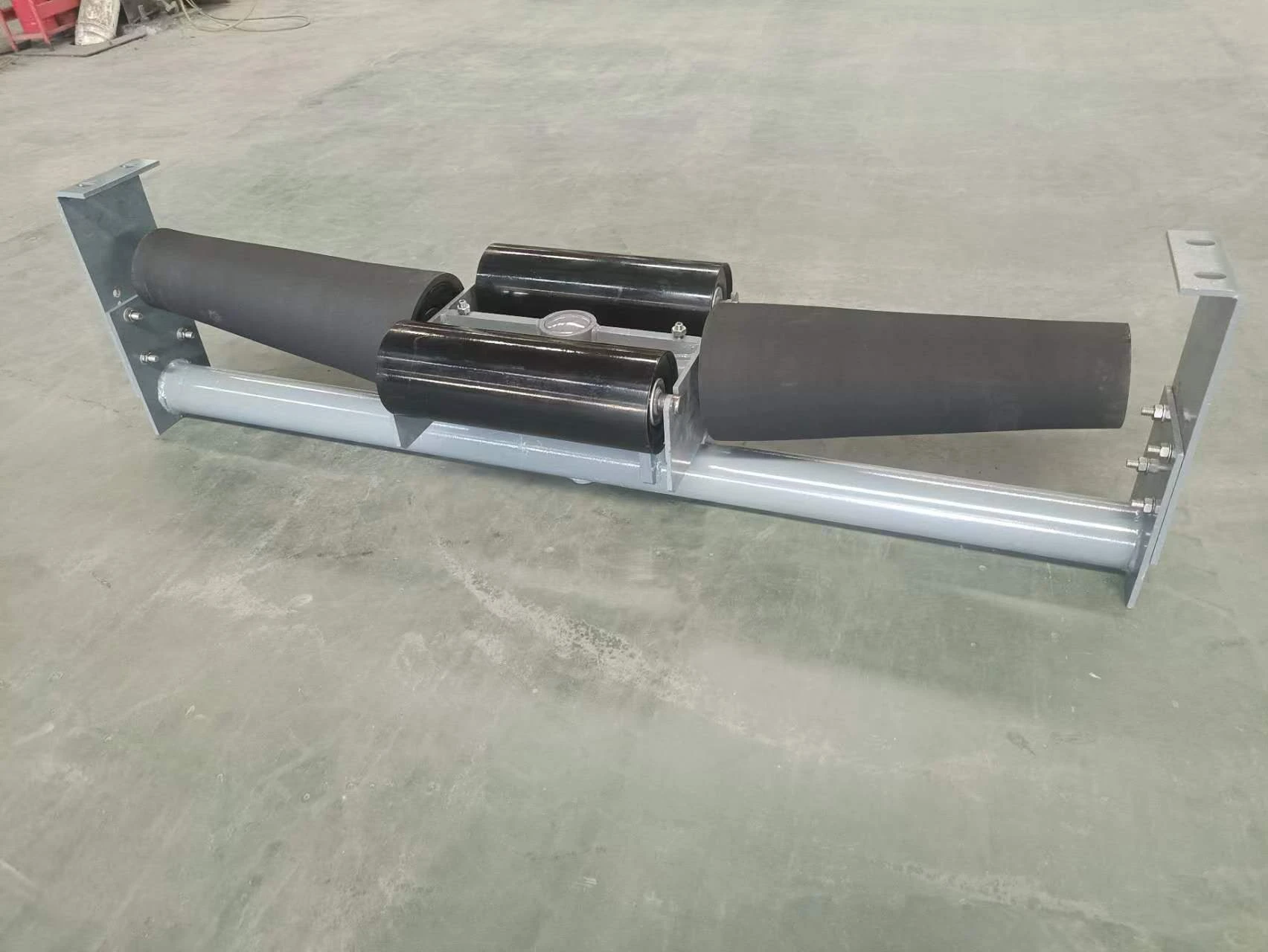 Afrikaans
Afrikaans  Albanian
Albanian  Amharic
Amharic  Arabic
Arabic  Armenian
Armenian  Azerbaijani
Azerbaijani  Basque
Basque  Belarusian
Belarusian  Bengali
Bengali  Bosnian
Bosnian  Bulgarian
Bulgarian  Catalan
Catalan  Cebuano
Cebuano  Corsican
Corsican  Croatian
Croatian  Czech
Czech  Danish
Danish  Dutch
Dutch  English
English  Esperanto
Esperanto  Estonian
Estonian  Finnish
Finnish  French
French  Frisian
Frisian  Galician
Galician  Georgian
Georgian  German
German  Greek
Greek  Gujarati
Gujarati  Haitian Creole
Haitian Creole  hausa
hausa  hawaiian
hawaiian  Hebrew
Hebrew  Hindi
Hindi  Miao
Miao  Hungarian
Hungarian  Icelandic
Icelandic  igbo
igbo  Indonesian
Indonesian  irish
irish  Italian
Italian  Japanese
Japanese  Javanese
Javanese  Kannada
Kannada  kazakh
kazakh  Khmer
Khmer  Rwandese
Rwandese  Korean
Korean  Kurdish
Kurdish  Kyrgyz
Kyrgyz  Lao
Lao  Latin
Latin  Latvian
Latvian  Lithuanian
Lithuanian  Luxembourgish
Luxembourgish  Macedonian
Macedonian  Malgashi
Malgashi  Malay
Malay  Malayalam
Malayalam  Maltese
Maltese  Maori
Maori  Marathi
Marathi  Mongolian
Mongolian  Myanmar
Myanmar  Nepali
Nepali  Norwegian
Norwegian  Norwegian
Norwegian  Occitan
Occitan  Pashto
Pashto  Persian
Persian  Polish
Polish  Portuguese
Portuguese  Punjabi
Punjabi  Romanian
Romanian  Russian
Russian  Samoan
Samoan  Scottish Gaelic
Scottish Gaelic  Serbian
Serbian  Sesotho
Sesotho  Shona
Shona  Sindhi
Sindhi  Sinhala
Sinhala  Slovak
Slovak  Slovenian
Slovenian  Somali
Somali  Spanish
Spanish  Sundanese
Sundanese  Swahili
Swahili  Swedish
Swedish  Tagalog
Tagalog  Tajik
Tajik  Tamil
Tamil  Tatar
Tatar  Telugu
Telugu  Thai
Thai  Turkish
Turkish  Turkmen
Turkmen  Ukrainian
Ukrainian  Urdu
Urdu  Uighur
Uighur  Uzbek
Uzbek  Vietnamese
Vietnamese  Welsh
Welsh  Bantu
Bantu  Yiddish
Yiddish  Yoruba
Yoruba  Zulu
Zulu idler rollers for belt conveyors
Understanding Idler Rollers for Belt Conveyors
Belt conveyors are pivotal in the transportation of goods across various industries, facilitating the movement of heavy materials seamlessly and efficiently. One of the key components that contribute to the smooth functioning of belt conveyors is the idler roller. In this article, we will delve into the significance of idler rollers, their types, applications, maintenance, and their overall impact on the conveyor system's efficiency.
What are Idler Rollers?
Idler rollers are cylindrical components that support the conveyor belt as it moves along the conveyor system. Positioned along the length of the conveyor, these rollers play a critical role in maintaining the belt's tension, guiding its movement, and reducing friction. They help in distributing the weight of the materials being transported, thereby minimizing wear and tear on both the belt and the motorized components of the conveyor.
Types of Idler Rollers
Idler rollers come in various types, each designed to suit specific operational conditions and material handling needs. Here are some common types
1. Flat Idlers These are the most basic type of rollers, providing a flat surface for the conveyor belt to run on. They are primarily used for light to moderate loads.
2. Garland Idlers These consist of multiple rollers that form a curved shape, which helps in supporting the belt in various configurations, especially in transferring materials around corners or inclines.
4. Return Idlers These are used on the underside of the conveyor belt, providing support while allowing the belt to return to the loading area. They are essential for ensuring the system’s efficiency by reducing the risk of belt sagging.
idler rollers for belt conveyors

5. Impact Idlers Positioned at loading zones where material is dropped onto the belt, these rollers absorb the impact and help minimize damage to the belt and support structure.
Applications of Idler Rollers
Idler rollers are utilized across various sectors, including manufacturing, mining, agriculture, and logistics. They are essential in environments that require the continuous movement of materials, such as
- Mining and Aggregate Transporting raw materials like coal, ores, and gravel. - Packaging and Distribution Facilitating the movement of packaged goods in warehouses and distribution centers. - Food Processing Moving ingredients and packaged food products while adhering to hygiene standards. - Cement and Construction Handling heavy bags and bulk materials during construction processes.
Maintenance of Idler Rollers
To ensure the longevity and efficiency of idler rollers, regular maintenance is crucial. Common maintenance practices include
- Inspection Periodically check the rollers for wear, misalignment, and damage. Early detection of issues can prevent costly downtime. - Lubrication Keeping the bearings of the rollers properly lubricated reduces friction and prolongs their lifespan. - Clearing Debris Ensuring that debris does not accumulate around the rollers can prevent blockages and excessive wear.
The Impact of Idler Rollers on Conveyor Efficiency
Idler rollers significantly affect the overall efficiency of a belt conveyor system. By providing the necessary support and facilitating smooth movement, they help reduce energy consumption and minimize the chances of breakdowns. An efficient idler roller system can enhance productivity, reduce operating costs, and improve safety in the workplace.
In conclusion, idler rollers are essential components of belt conveyor systems, providing support, reducing friction, and ensuring the smooth movement of materials across various industries. Understanding their types, applications, and maintenance requirements is crucial for optimizing conveyor system performance and achieving operational efficiency. As industries continue to evolve, the significance of idler rollers in material handling will only grow, solidifying their role in modern logistics and manufacturing environments.
-
Revolutionizing Conveyor Reliability with Advanced Rubber Lagging PulleysNewsJul.22,2025
-
Powering Precision and Durability with Expert Manufacturers of Conveyor ComponentsNewsJul.22,2025
-
Optimizing Conveyor Systems with Advanced Conveyor AccessoriesNewsJul.22,2025
-
Maximize Conveyor Efficiency with Quality Conveyor Idler PulleysNewsJul.22,2025
-
Future-Proof Your Conveyor System with High-Performance Polyurethane RollerNewsJul.22,2025
-
Driving Efficiency Forward with Quality Idlers and RollersNewsJul.22,2025





























